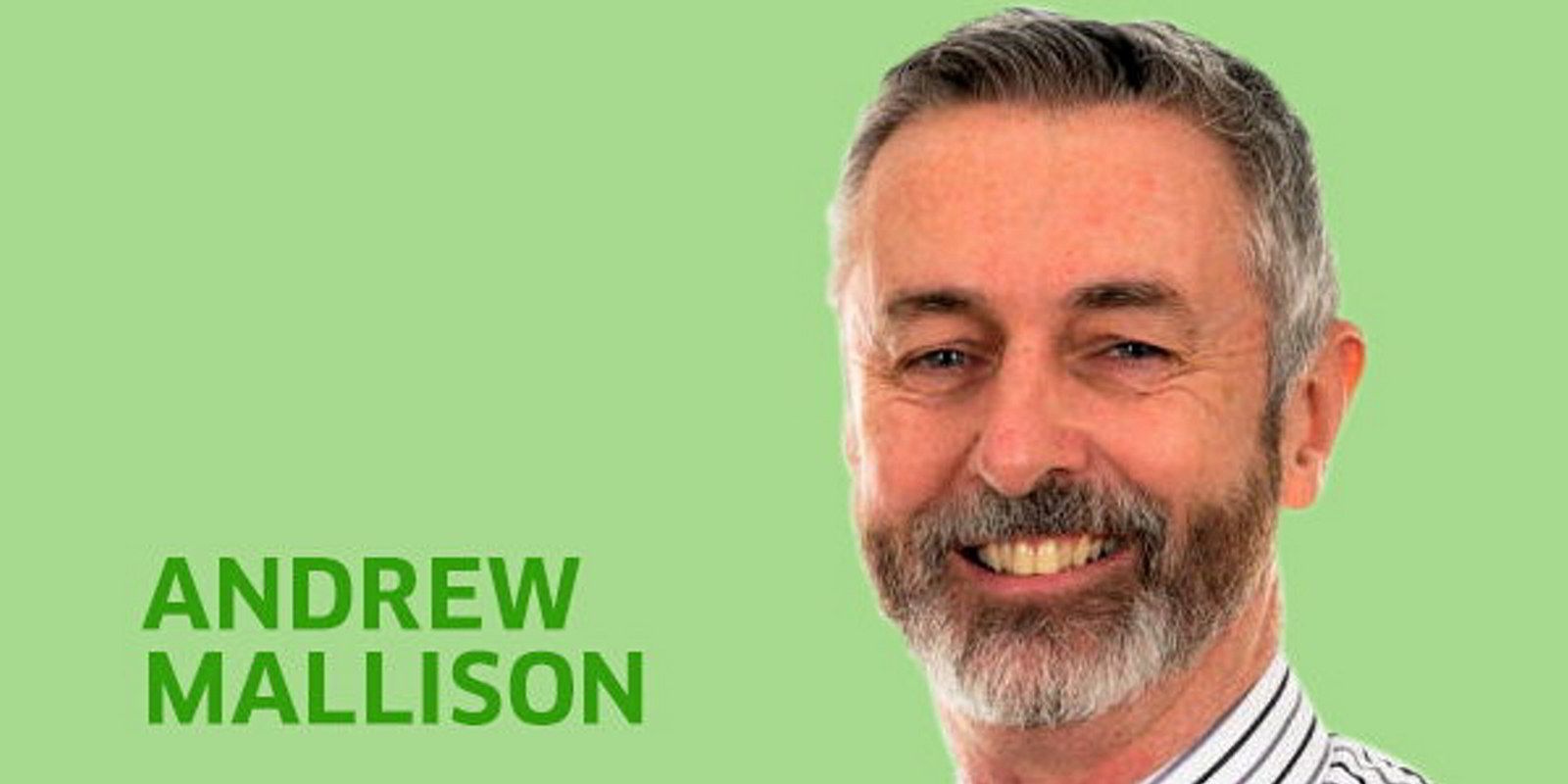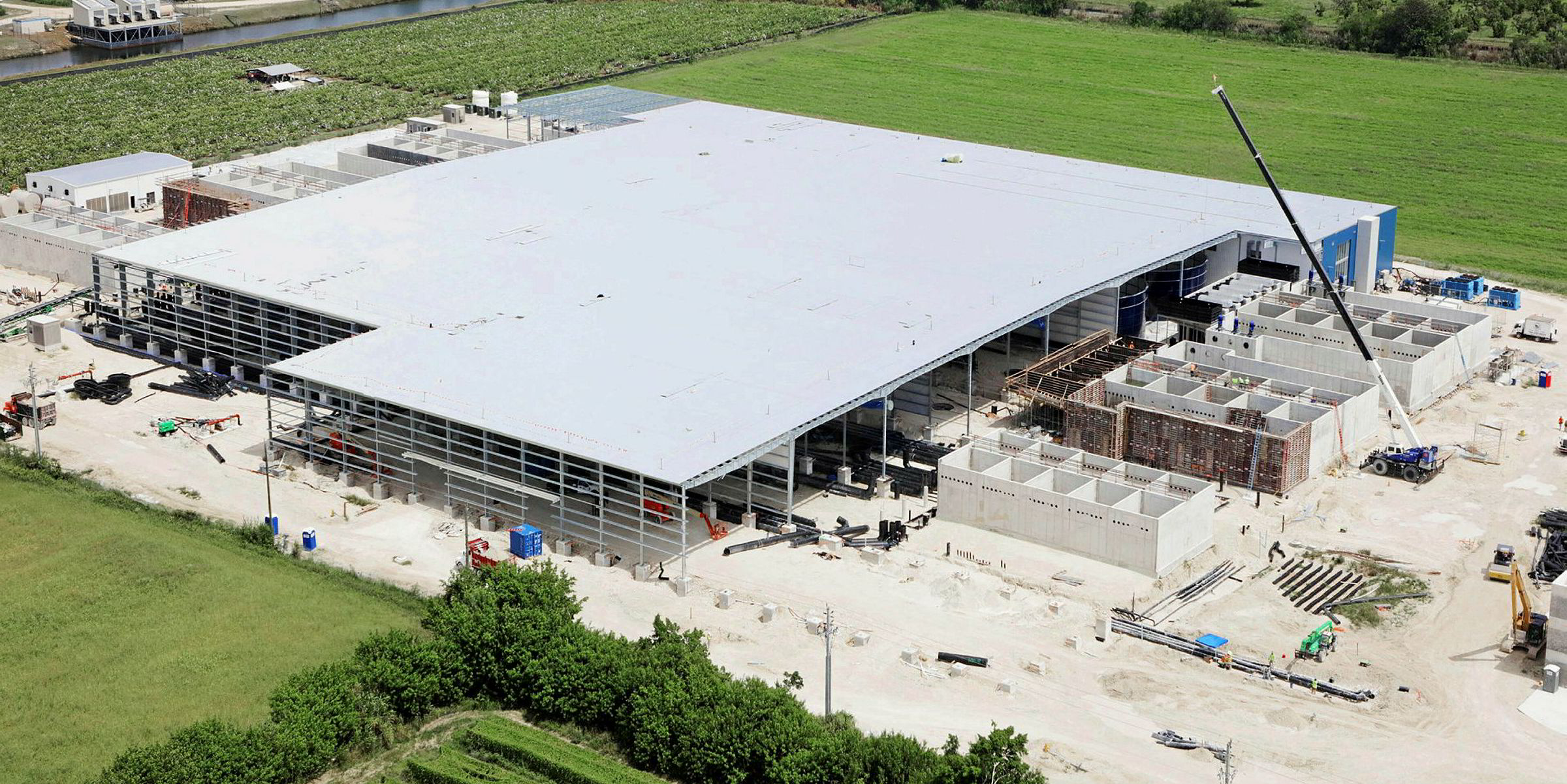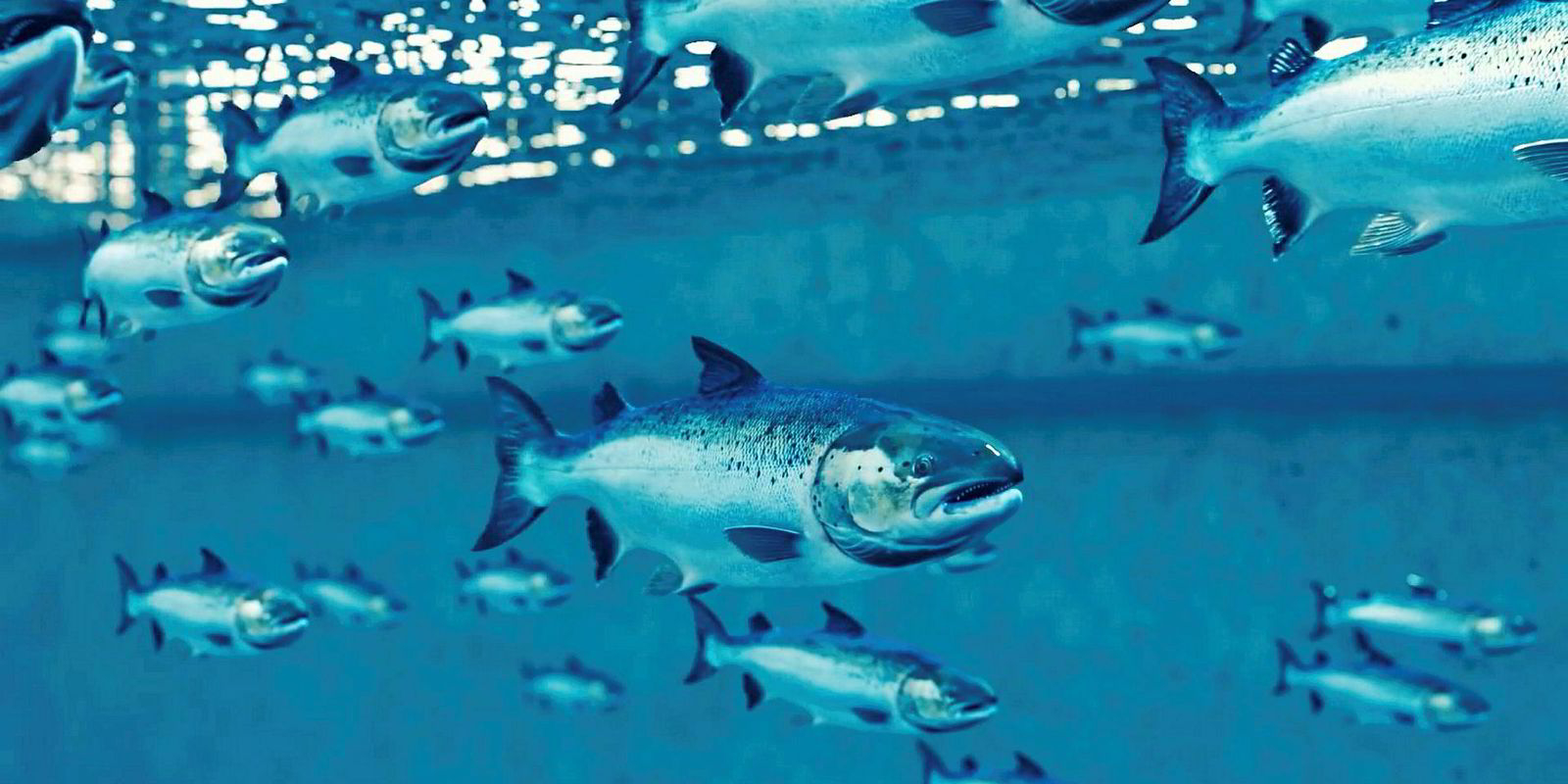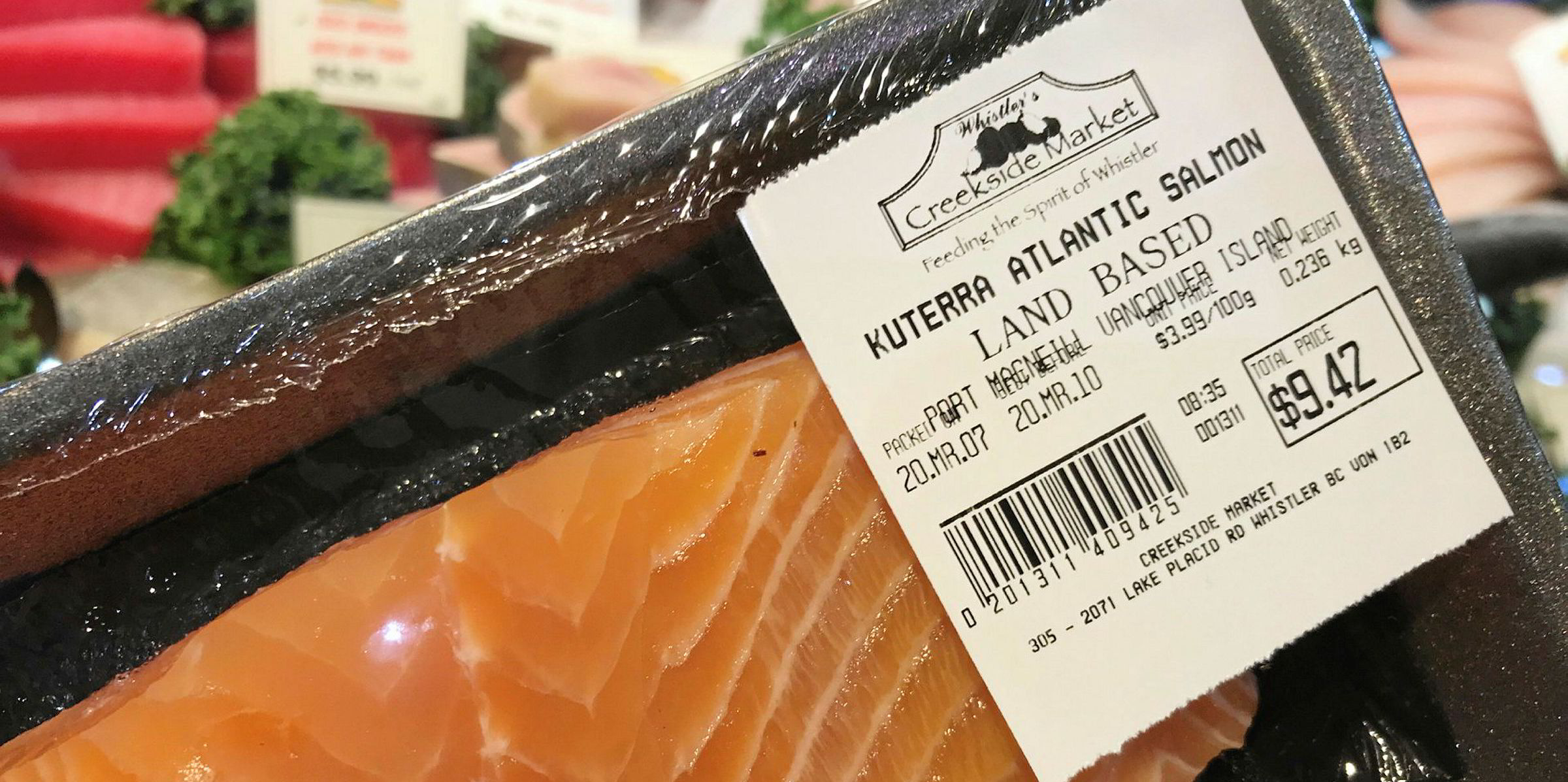The disruptive technology of recirculating aquaculture systems (RAS), backed by serious capital, makes a great spectacle for observers and a nerve-wracking rollercoaster for investors and employees.

The attraction is clear – the ability to control growth in a way that is impossible in systems exposed to the variables of traditional farming in open water. Consumers can be assured of low chemical and antibiotic inputs and retailers can look forward to shorter supply chains.
The case for RAS is strong, assuming the economics can be made to work. The world needs more fish, and that additional volume is probably going to be farmed, and traditional farming is starting to encounter capacity constraints.
But there is something that is being overlooked.
RAS leader Atlantic Sapphire recently placed its first land-based salmon on the US market, with its fish being sold at a premium over standard farmed product. At the time an excellent article by IntraFish Editor Rachel Mutter raised the key point of whether consumers will accept this premium.
I’m sure Atlantic Sapphire has done its homework with consumer research and focus groups, but the real world is sometimes different than the roundtable or telephone survey.
The only reliable indicator for most consumers, once all the marketing puff and packaging is stripped away, is how the product performs on the plate.
For the mainstream consumer, eating quality and value always come above the more cerebral concerns of sustainability and animal welfare. And while the "free from contaminants" label is certainly a draw, marketing any product as “free from” can imply other products in the retailer's catalogue are not so clean. As anyone who has spent time in retail, I have scars from products that were eagles on paper but turkeys on the shelf.
As anyone who has spent time in retail, I have scars from products that were eagles on paper but turkeys on the shelf.
Unfortunately, fish farmers are often very distanced from the consumer. Farmers grow fish according to economic drivers over taste, choosing feed based on weight conversion before impacts on flavor and texture.
Good farmers take care at harvest to avoid stress to fish that they know will cause fillet softness and gaping, but the priorities are still economic over eating quality.
This is mostly due to fish being grown as a commodity for the open market, without a particular customer in mind. What’s the point of investing in eating quality if the harvest ends up being cleared to a price-fighter?
A project I worked on in Scotland broke new ground in this area by connecting the producer with the processor, allowing the farmers to hear how each batch of salmon performed on consumer taste panels. Having farming dedicated to one value chain like this enables more focus on quality and consumer demand, and opens the door to a wide range of collaborative opportunities. But it needs commitment from both buyer and seller.
Could RAS farmers adopt this model?
Land-based fish farming has introduced controls on water quality and changes to swimming behavior and feed formulation, all of which impact eating quality. Premium prices can be achieved but only if eating quality delivers: Black Angus beef sells for a hefty price premium and if you really go mad, Wagyu beef does even better. Retailers often adopt a “good, better and best” tiering based on quality and price -- where will RAS salmon sit?
It will be interesting to see where the market price settles as consumers compare RAS salmon with more traditional and organic offers. It could also allow retailers to get involved in how the fish is farmed and fed to set the balance between cost and quality for their particular brand values. As they say, the proof of the pudding is in the eating.
--
Andrew Mallison is an independent consultant and advisor to governments, NGOs and the seafood value chain. His guide to buying better seafood -- “What’s the Catch” -- is available on Amazon.






